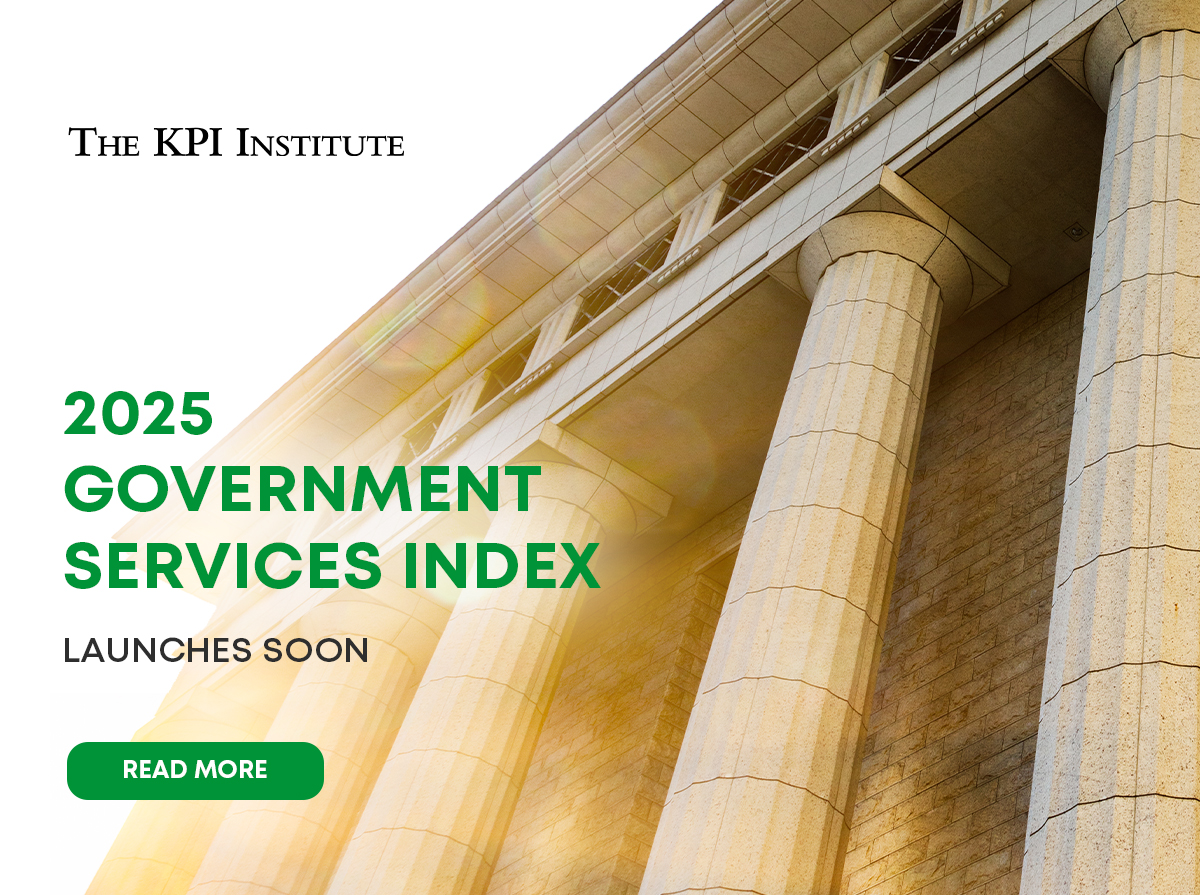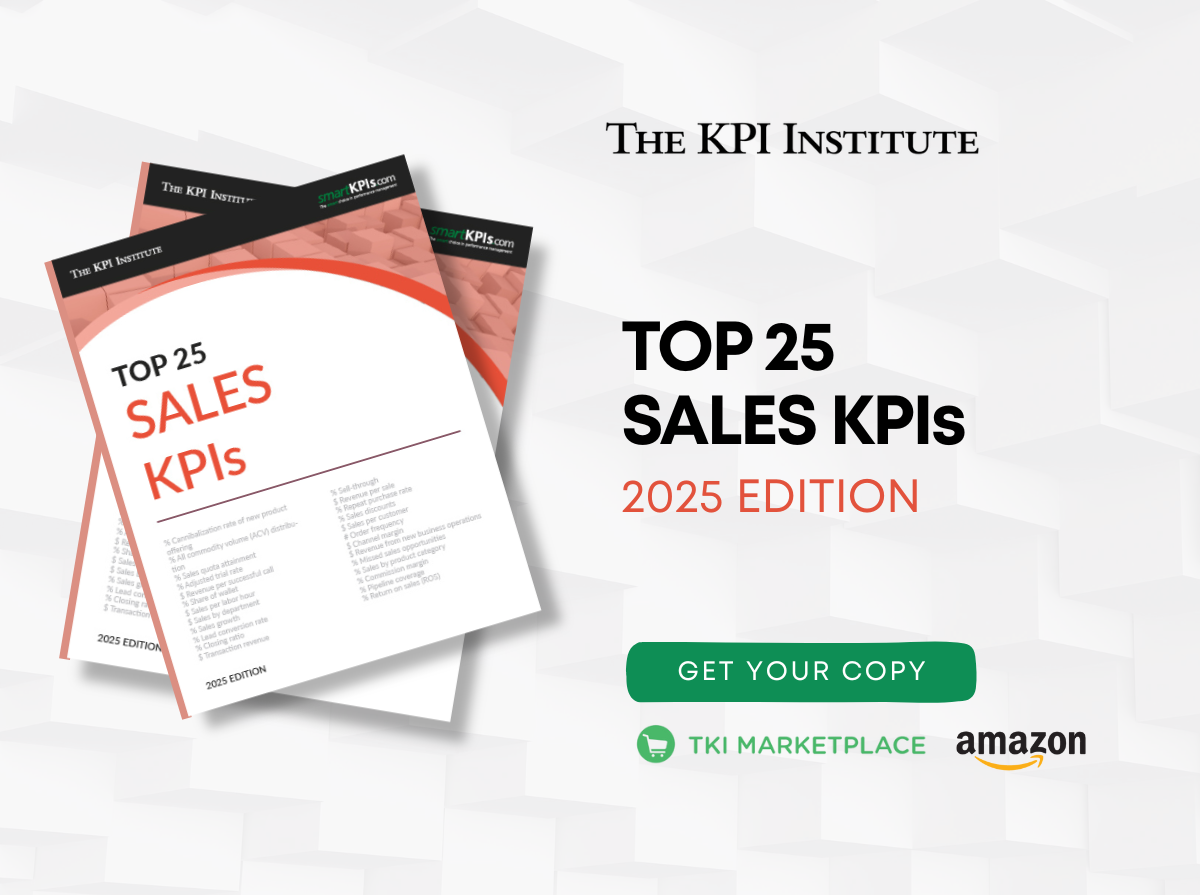Quarterly KPI Highlights: using KPIs to drive performance and accountability

While key performance indicators (KPIs) have been around for a long time and are vital for tracking corporate, operational, and employee performance, some organizations still struggle to use them effectively up to these days.
According to The KPI Institute’s State of Strategy Management Practice Global Report – 2023, 25% of the 346 respondents from private, government, and non-profit organizations expressed that aligning KPIs and targets across the organization continues to be their primary challenge. Moreover, 24% struggle with KPI selection, reflecting a 4% increase compared to results from 2022. When assessing their organizations’ proficiency in documenting KPIs, 47% of respondents rate their capabilities as high or better, but it is still important to note that 26% rate their documentation capabilities as low or lowest. Hence, 16% of them encounter difficulties in documenting KPIs.
To offer insights into the practical application of KPIs, The KPI Institute introduced a series of free infographics called KPI of the Month. Each infographic focuses on a particular KPI that provides explanations of terminology and addresses key challenges related to its use. The monthly infographics include profile, calculation, balanced scorecard focus, data profile, targets, and practical recommendations.
In case you missed the KPI of the Month from the first quarter of 2024, we’ve compiled the highlights to keep you informed and up-to-date:
KPI of January: $ Free cash flow (FCF) – This indicator “measures the amount of cash a company generates from its operations, after covering operating expenses and capital expenditures.” It aims to offer insights into a company’s financial well-being and ensure efficient cash management. One of its benefits is that it offers a focused evaluation of liquidity and solvency through exclusive attention to cash flow. To learn more about $ FCF, download the poster on the TKI Marketplace.
KPI of February: # Greenhouse gas emissions – This indicator’s purpose is to evaluate environmental pressures from greenhouse gas emissions. Specifically, it “measures the quantity of greenhouse gas emissions of country, industry, or company expressed in metric tons of carbon dioxide equivalent (MtCO2e).” The greenhouse gas emissions have become a pressing issue that even the United Nations set ambitious net-zero goals, aiming for a 45% reduction in global greenhouse gas emissions by 2023 and achieving net-zero emissions worldwide by 2050. Learn how to utilize this indicator to align with your strategy for reducing emissions. Get the free infographic via TKI Marketplace.
KPI of March: % Critical positions filled – This indicator “measures the percentage of critical job positions that have been filled out of all available positions identified as critical within an organization.” The objective being measured by this indicator is the improvement of workforce planning for key positions. The % Critical positions filled helps organizations assess their capability to attract and retain suitable talent for critical job positions. But to utilize this KPI, identifying the critical positions within the organizations is important. To find out more about how you can apply this indicator in practice, grab a copy of the free poster from the TKI Marketplace.
To amplify your KPI toolkit with a wealth of documented KPIs from various industries and functional areas, visit smartKPIs.com— the leading online platform for performance measurement knowledge integration and the world’s largest database featuring over 21,000 documented KPIs.







